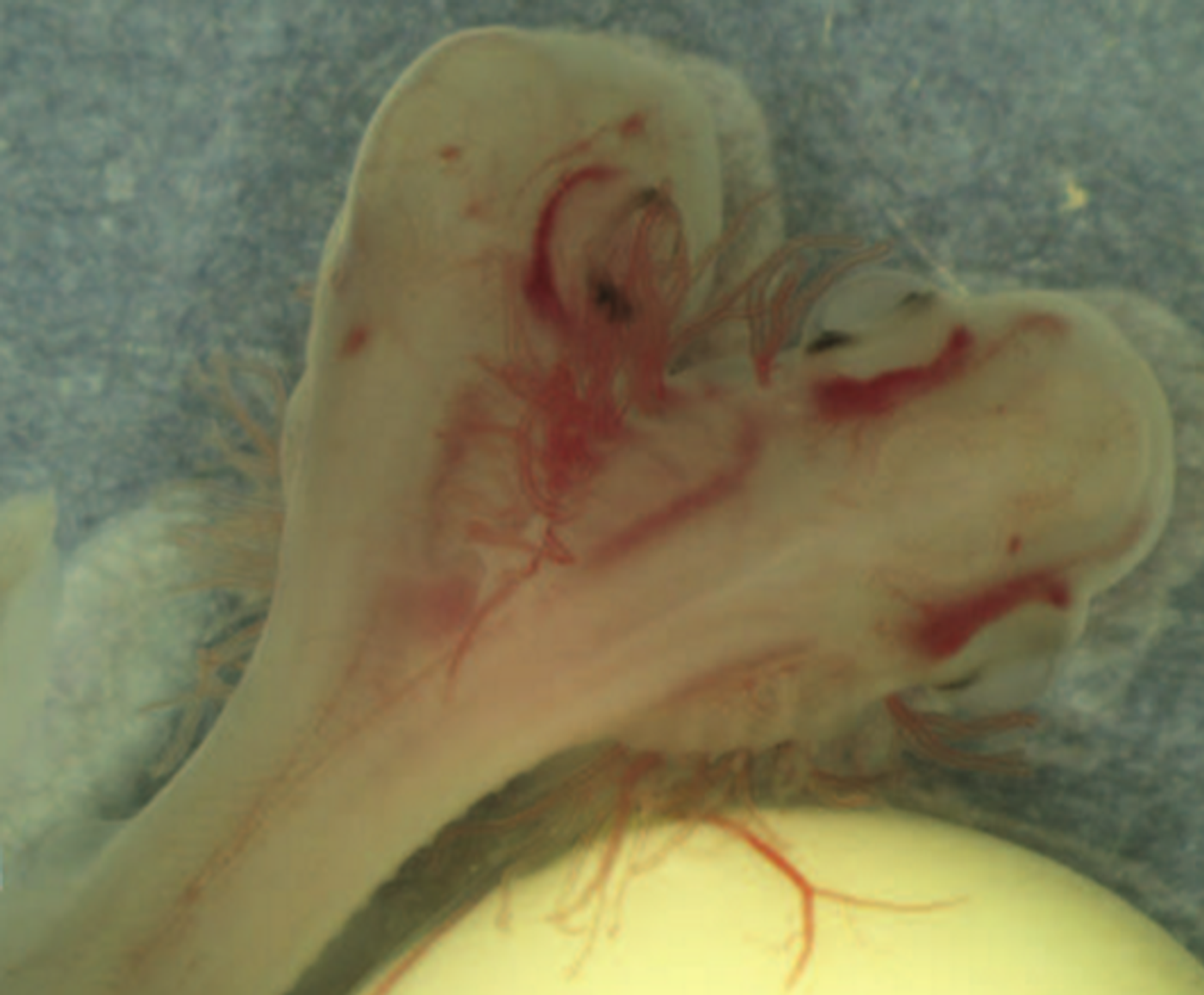Dual-Headed Shark Finding is a True Rarity
Researchers from the University of Malaga in Spain recently come across a shark embryo with two heads, something that is relatively rare in nature for the most part, but has been more and more common as of recent years.

Image Credit: Journal of Fish Biology
It’s an embryo of an Atlantic Sawtail Catshark (Galeus atlanticus), which had not only two heads, but also two hearts, two stomachs, two esophagi, and even two livers, despite sharing the same single body.
Published in the Journal of Fish Biology, this unique finding out of 797 individual embryo samples stood out the most to the researchers.
Although two-headed sharks have been documented in the past in other shark species, their situations are a little different from this one for a very important reason.
Two-headed sharks have been observed in both viviparous and ovoviviparous species; the former means the species develops inside the mother’s body without eggs, and the latter means the species is hatched inside the mother’s body from eggs.
In this case however, it is the first time this has been documented in an oviparous species, which is a species that lays eggs outside the body to hatch.
The double-headed phenomenon is believed to occur only in vertebrates as a genetic mutation. It has been seen in much more than just sharks, including but not limited to snakes, lizards, dolphins.
Overfishing may have some impact on the condition, known as dicephaly, as it leads to inbreeding and causes genetic mutations to happen on a larger scale.
Source: National Geographic








